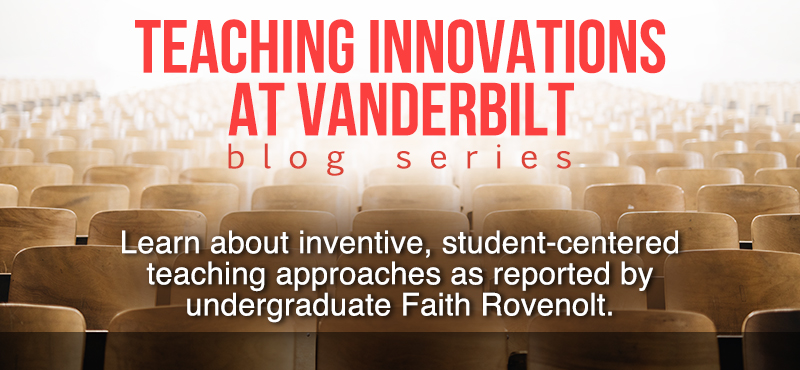the 瑞士vs喀麦隆走地 2022年世界杯中国小组赛积分 promotes university teaching that leads to meaningful student learning. our offerings are available to any members of the vanderbilt community interested in developing their teaching practices.
self-registration courses
may. 23, 2022—by stacey m. johnson self-registration courses are brightspace courses into which anyone with a vunetid can enroll as a student. these courses cover a variety of topics and come from different offices, centers, and departments on campus. find out how to register yourself for a course here. we hope you will self-register for the three...
now accepting applications for digital media manager position
may. 16, 2022—our longtime colleague rhett mcdaniel left the 2022年世界杯中国小组赛积分 in april for a new position in the vanderbilt school of nursing. his departure has led to the creation of a new position, digital media manager, to be held jointly between the 2022年世界杯中国小组赛积分 and vanderbilt’s new office of digital education. see below for details...
catch up on the leading lines podcast
may. 16, 2022—the leading lines podcast team produced 2 new episodes in the last month with instructors who are finding ways to use games and social media as tools for learning. episode 110 – patrick real patrick rael is a professor of history at bowdoin college in maine. he specializes in african-american history, the civil war...
now accepting applications for associate director of the 2022年世界杯中国小组赛积分
may. 9, 2022—our longtime colleague cynthia brame is leaving the 2022年世界杯中国小组赛积分 in august for a new faculty position in biological sciences here at vanderbilt. more on that later! for now, i wanted to share that we’ve posted an opening for the 2022年世界杯中国小组赛积分’s associate director position. see below for details and information on applying....
spring internal grants opportunities: deadline extended
may. 9, 2022—by cynthia j. brame the office of the provost supports two internal funding programs, the educational advancement fund and the course improvement grant, designed to support excellence in the classroom through continued pedagogical advancement and long-term educational transformation. the educational advancement fund supports longer term educational transformations and the course improvement grants aim to promote...
transformational instructional design: cft partners with peabody to launch a new blended independent school leadership master’s program
may. 3, 2022—by julaine fowlin vanderbilt’s peabody college has launched a new blended (online and in-person) master’s of education in independent school leadership (isl), building on the strong foundation of the previous summer-intensive isl program. the new blended model involves more online courses and a reduction in the length of on-campus summer experiences. this change will meet...
junior faculty spotlight: colleen moss
may. 1, 2022—each year, the cft blog highlights the work of our junior faculty teaching fellows. this month, colleen moss, school of nursing, talks about some of the lessons she has gained from the fellowship. as an early career faculty member, the learning curve is steep. there are many facets to consider when revising or redesigning a course. the...













